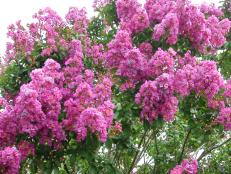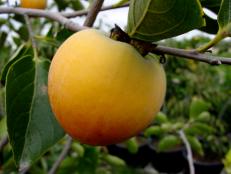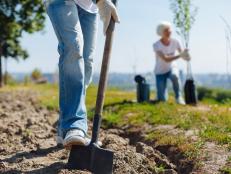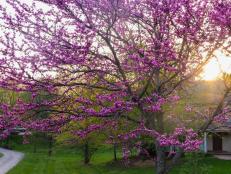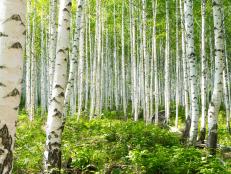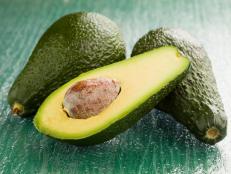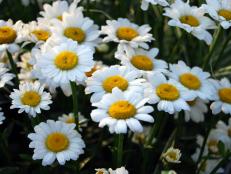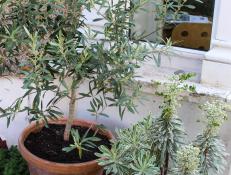Trash Trees: Avoid Planting Messy, Smelly Trees


Fall is the perfect time of year to plant trees. But as you sort through the countless choices in varieties, don’t forget to trash some ideas. Be warned by those voices of experience: Avoid the “trash trees.”
What are trash trees? Not everyone agrees, but most consider that if a tree is short lived, messy, insect- or disease-prone, and invasive, it definitely makes the list. Keep in mind that for the most part we’re talking about adding a tree to an urban or landscaped setting – not those found in the wild. Some are quick to call a tree trash if it has just one of those characteristics: It sheds yucky fruit or mounds of leaves. It emits a foul odor. It’s bred to grow so fast it develops a weak-wood structure and therefore lives only a short life. It takes over the landscape, threatening other plant life and wildlife habitats.
While there is no hard-and-fast definition, here are a few trees that make the trash-tree list, rightly or wrongly, every year:
- Bradford pear: The cookie-cutter subdivision developer’s dream, it was the silver bullet for creating instant shade when it debuted because it was bred to grow fast. Beautiful in spring as one of the earliest trees to flower, its rapid growth creates weak wood – and thus dangerous limbs in storms. The flip side of its pretty white flowers is the stench they create. And now the tree in considered an invasive weed to boot.
- Mimosa: Pretty with their frilly frond-like leaves and poofs of pink flowers, mimosas are weak-wooded and produce extremely invasive weeds.
- Chinese chestnut: Beautiful in the right location, this tree produces spiny fruit in spring with a smell so foul is can be detected yards away.
- Gingko (female): There’s no denying the car-stopping beauty of a glorious yellow gingko in fall. But be warned: The female variety is one of the messiest and smelliest fruit producers around.
- Hackberry: Even the name conjures up visions of a mess. At my last house, a tree planted by a previous owner produced so many nasty berries I was constantly bringing them indoors on my shoes. Not to mention the stains on the patio dropped by birds that couldn’t stomach a bite of them for very long! Which brings up a good question: If a messy tree is planted away from high-traffic areas is it still a “trash tree”? I love Southern magnolias, but they dump a ton of leaves and need a large space. But I’d never “trash” one of these beauties – just site it properly.
- Paper mulberry: Great leaves but messy fruits, weak wood and highly invasive.
- Silver maple: Weak branches that break easily in high winds.
- Weeping willow: Few trees are more elegant, with its hair-like limbs draping to the ground. But they are weak wooded and insect prone.
- Siberian elm: Weak branches, messy twigs and not heat tolerant.
- Water oak: Weak wooded, messy twigs, profuse acorn drop which makes it weedy. Water-hungry roots out-compete other nearby plants.
So, which of those trees do you think wins the title of Trashiest Tree Ever?






